The Importance of Multilingual Website Design in Today’s World
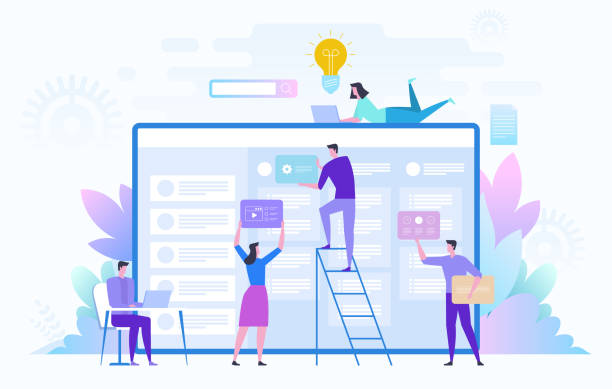
In the current #Age_of_Globalization, geographical boundaries have lost their former meaning for businesses.
With the ever-increasing spread of the internet, connecting with audiences worldwide is no longer a dream, but a necessity.
This is where the concept of #Multilingual_Website_Design emerges as a key strategy in #Digital_Marketing.
A single-language website targets only a small portion of the potential global market and misses out on many valuable opportunities.
The question is, how can we make the most of this golden opportunity for our business growth and development? By having a site with support for multiple languages, you not only gain access to more customers but also present an image of an international and customer-centric brand.
This approach provides countless opportunities for growth and development and places your business on a new path.
This section explains and analyzes the importance of this topic and shows why multilingual website design is no longer a luxury option, but a strategic necessity for any business looking to expand its scope of activity globally.
This process is not limited to content translation alone but also includes complete localization for target markets.
Does your current website convert visitors into customers or drive them away? Solve this problem forever with professional corporate website design by Rasav!
✅ Build credibility and powerful branding
✅ Attract target customers and increase sales
⚡ Get a free consultation now!
Countless Benefits of a Multilingual Website

Multilingual website design goes beyond mere content translation; it is a strategic investment with high returns.
One of the most important benefits is expanding access to the global market.
When your website is available in different languages, you can reach more audiences from diverse cultures and geographical regions.
This leads to increased website traffic and, consequently, increased brand awareness and sales.
Furthermore, a multilingual site increases user trust.
Users prefer to interact with websites that provide content in their native language, as this demonstrates respect for their culture and comfort.
This approach significantly improves User Experience (UX) and encourages visitors to stay longer on your site, increasing their likelihood of returning.
In terms of SEO (Search Engine Optimization), multilingual websites can perform better in international search results because search engines prefer content relevant to the user’s language and geographical location.
This educational and explanatory section helps you gain a deeper understanding of the tangible benefits of multilingual website design and see how this strategy can contribute to your business’s sustainable success.
The competitive advantages that a multilingual platform creates are undeniable and allow you to easily penetrate new markets.
URL Structure and Multilingual SEO Optimization
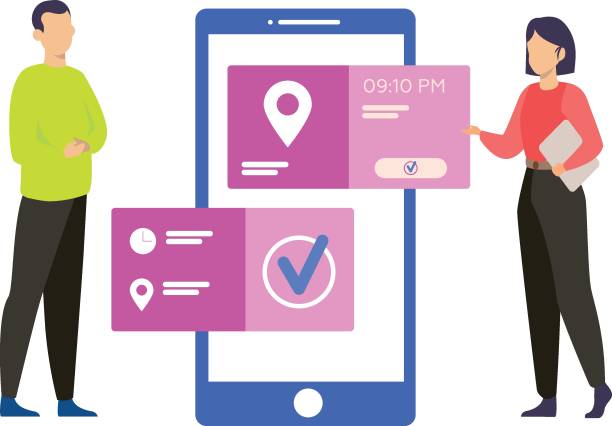
One of the technical and highly critical aspects of multilingual website design is choosing the appropriate URL structure and optimizing it for search engines.
The correct selection of URL structure not only impacts user experience but also plays a crucial role in how pages are crawled and indexed by search engines.
There are three main methods for organizing multilingual URLs: country code top-level domains (ccTLDs), subdomains, and subdirectories.
Each of these methods has its own advantages and disadvantages.
ccTLDs (like .de for Germany or .fr for France) provide the strongest geographical signal but are the most expensive and complex solution.
Subdomains (like de.yourwebsite.com) offer good flexibility and are relatively easy to manage.
Subdirectories (like yourwebsite.com/de/) are the most common and cheapest option, and they are also easy to manage, but they may send a weaker geographical signal compared to ccTLDs.
In addition to URL structure, the correct use of the hreflang tag in HTML code or in the XML sitemap to inform search engines about different language versions of a page is essential.
These tags help search engines display the correct version of the page for the appropriate user and prevent duplicate content issues.
This guide and technical section examines these important aspects of multilingual website design and highlights the importance of their correct implementation to achieve maximum SEO potential.
A table comparing URL structures is provided below.
| Method | Example | Advantages | Disadvantages |
|---|---|---|---|
| Country Code Top-Level Domain (ccTLD) | example.de | Strong geographical signal, high local trust | Expensive, requires separate domain registration, more complex management |
| Subdomain | de.example.com | Easier to manage than ccTLD, moderate geographical signal | May require additional DNS configurations |
| Subdirectory | example.com/de/ | Cheap, simple management, most common method | Weaker geographical signal (requires strong hreflang) |
Multilingual Content Management and Translation Process
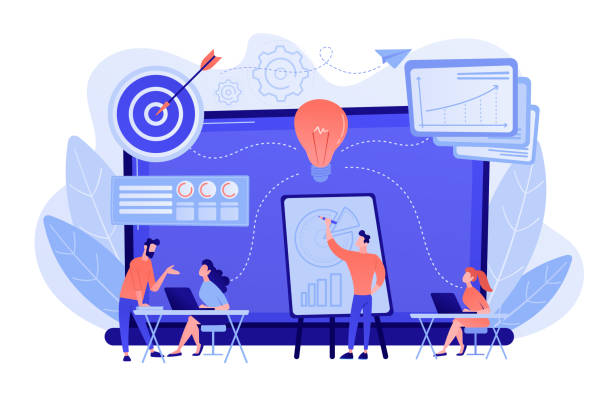
Content management is one of the most challenging aspects of multilingual website design.
Merely literal translation of texts is not enough; rather, you need complete localization.
Localization is a process where content, images, date and time formats, currency, and even colors are adjusted based on the culture and preferences of local audiences.
This means having a deep understanding of cultural differences so that your message is conveyed correctly and without misunderstandings.
Choosing the appropriate translation method is also crucial.
Using machine translation (like Google Translate) might be fast and cheap, but it usually lacks the necessary quality for professional content and can harm your brand’s credibility.
Human translation by native translators who are familiar with local culture and terminology is the best option to ensure the accuracy, precision, and naturalness of the content.
Translation Management Systems (TMS) can help organize the translation process, manage glossaries and translation memories, and increase efficiency.
Furthermore, a process for simultaneously updating multilingual content with the original language content should be defined to prevent information inconsistencies.
This educational and guidance section addresses the importance of proper content management in a multilingual platform and offers solutions for achieving high quality and consistency across all languages.
Content quality ultimately shapes the user experience.
Disappointed with your e-commerce site’s low conversion rate? Rasav transforms your e-commerce site into a powerful tool for attracting and converting customers!
✅ Significant increase in visitor-to-buyer conversion rate
✅ Unparalleled user experience to increase customer satisfaction and loyalty⚡ Get a free consultation from Rasav!
User Experience and Cultural Localization

In the field of multilingual website design, User Experience (UX) and cultural localization play an essential role.
Simply translating texts is not enough; rather, the overall design, images, symbols, and even the site layout must be adapted to the culture and expectations of local users.
This includes understanding reading directions (e.g., right-to-left in Persian and Arabic), meaningful colors in different cultures, and even the display of numbers and dates.
For instance, the color red signifies danger in some cultures, while in others, it can symbolize love or good luck.
Providing a localized user experience makes users feel comfortable and intimate, deepening their connection with your brand.
This not only increases user retention on the site but also significantly contributes to conversion rate improvement.
It’s interesting to know that even fonts and visual styles must be carefully selected to convey your message correctly and with the appropriate tone.
A successful multilingual site is one where users feel that the site has been designed specifically for them, rather than merely translated.
This explanatory and entertaining section addresses the importance of these cultural details in multilingual website design and demonstrates how a comprehensive approach to localization can improve user experience and establish effective communication with international audiences.
Challenges and Common Mistakes in Multilingual Implementation
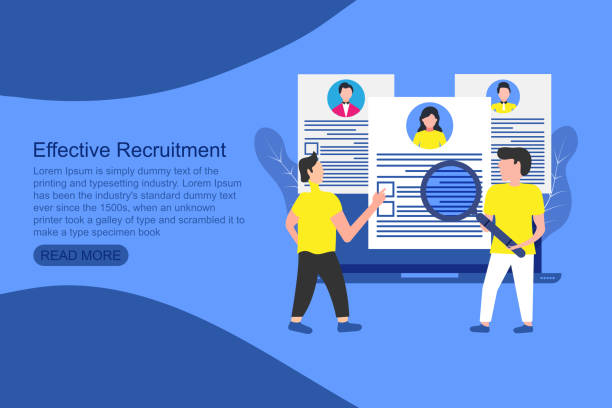
Although multilingual website design offers many advantages, its implementation is not without challenges.
Understanding these obstacles and common mistakes can help you avoid them and have a successful project.
One of the biggest mistakes is neglecting multilingual SEO.
Many think that merely translating content is enough, but without correct configuration of hreflang tags, an appropriate URL structure, and a localized keyword strategy, your site will not be visible in search results.
Another challenge is managing translated content; updates must be carried out simultaneously across all languages to prevent users from receiving conflicting information.
Using machine translation without human review is also a grave error that can damage your brand’s credibility and lead to serious misunderstandings.
Furthermore, neglecting the cultural aspects of localization, such as using inappropriate images or an unconventional tone, can severely disrupt the user experience.
This thought-provoking and guidance section helps you design a multilingual website with greater precision and professionalism by understanding these challenges.
Have you truly considered all cultural aspects? Is your SEO strategy optimized for each language? These are questions you must answer before starting the project to prevent potential failures and leverage the full potential of multilingual website design.
Choosing the Right Platform for a Multilingual Site

One of the most important decisions in the multilingual website design process is choosing the appropriate platform (CMS) that adequately supports multilingual capabilities.
Not all Content Management Systems are equally suitable for this purpose.
Some CMSs, such as WordPress (using plugins like WPML or Polylang), Joomla, and Drupal, offer multilingual capabilities either natively or through powerful plugins.
WordPress, with its numerous plugins, provides high flexibility and is an excellent option for small to medium-sized websites.
Drupal, due to its advanced capabilities and high scalability, is ideal for large and complex projects.
Joomla is also a powerful option with native multilingual support.
In addition to these open-source CMSs, there are also proprietary or SaaS (Software as a Service) platforms specifically designed for multilingual websites that may offer more integrated solutions.
Choosing the right platform should be based on the specific project needs, budget, required scalability, and the capability of your technical team.
This technical and guidance section helps you choose the best platform for your multilingual website design with full awareness.
Below, a table of the most popular CMSs and their multilingual features is provided.
| Platform (CMS) | Multilingual Support | Advantages | Potential Disadvantages |
|---|---|---|---|
| WordPress | Via plugins (WPML, Polylang) | Ease of use, large community, many plugins | Requires additional plugins, complexity for very large sites |
| Drupal | Strong native support | High scalability, strong security, high flexibility | More complex for beginners, steep learning curve |
| Joomla | Native built-in support | Strong built-in features, easier management than Drupal | Smaller user community than WordPress, fewer plugins |
| Wix / Squarespace | Limited built-in capabilities or with add-ons | Ease of setup, user-friendly interface | Less control over SEO, limited advanced customization |
Measuring Performance and Analyzing Multilingual Traffic
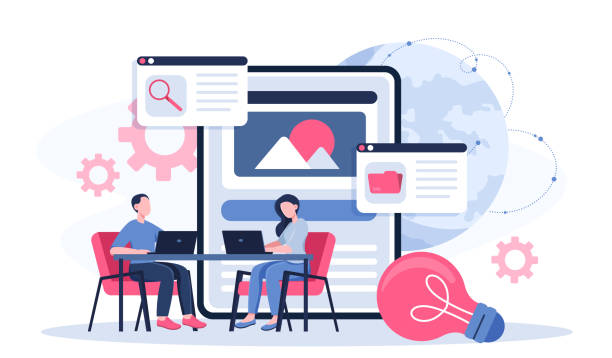
After implementing multilingual website design, measuring performance and analyzing traffic are crucial for understanding success and identifying areas for improvement.
Analytical tools like Google Analytics allow you to see which countries and languages users are visiting your site from, which pages are more popular, and what the conversion rate is for each language.
It is important to track separate data for each language version to evaluate the specific performance of each market.
Key Performance Indicators (KPIs) including organic traffic, bounce rate, time on page, and conversion rate (such as sign-ups, purchases, or downloads) should be carefully monitored for each language.
Analyzing multilingual traffic helps you optimize your content and marketing strategies for each language and geographical region.
You might find that specific content performs excellently in one language but needs revision in another.
These insights enable you to allocate your resources more effectively and maximize your return on investment.
This analytical and educational section shows you how to evaluate the success of your multilingual website using data and make data-driven decisions for continuous improvement.
This is an ongoing process that leads to continuous optimization.
Tired of losing customers due to poor e-commerce site design? With Rasav, solve this problem forever!
✅ Increase sales and conversion rate from visitor to customer
✅ Smooth and engaging user experience for your customers⚡ Get a free consultation
Future Trends and Artificial Intelligence in Multilingualism
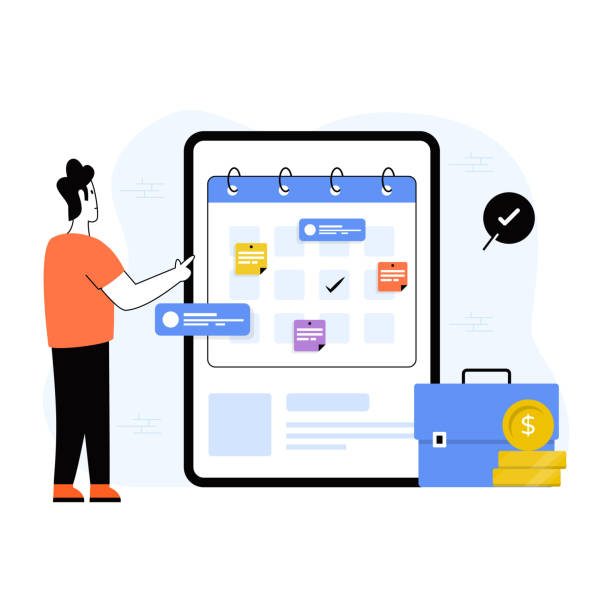
The world of multilingual website design is rapidly evolving, with new trends emerging on the horizon.
One of the most important of these trends is the increasing role of Artificial Intelligence (AI) in translation and localization.
While traditional machine translation had limitations, advancements in deep learning and neural networks have led to significant improvements in the quality of machine translations.
AI-powered translation tools can provide more natural and accurate translations, which can speed up the translation process and reduce costs, although they still require human review.
Furthermore, the emergence of AI tools for content generation can help produce localized content at scale.
Additionally, we are witnessing the rise of platforms that natively utilize AI capabilities to optimize the multilingual user experience, including content personalization based on the user’s language and geographical location.
These trends indicate that the future of multilingual websites lies in the intelligent integration of advanced technologies.
This news and analytical section explores these developments and provides a vision for the future of multilingual website design, where AI will play a central role in facilitating global access to information.
Being prepared for these changes will place you at the forefront of competition.
Key Tips for Long-Term Success in Multilingual Design
![]()
To achieve long-term success in multilingual website design, adhering to key tips and a comprehensive approach is essential.
Firstly, precise and strategic planning is important from the outset.
Before starting any development, define your goals, identify target markets, and estimate the required budget and resources.
Secondly, prioritize a commitment to translation and localization quality.
Poor translations or incomplete localization can seriously harm your brand’s credibility.
Thirdly, do not neglect multilingual SEO.
Correct use of hreflang tags, keyword optimization for each language, and creation of an appropriate URL structure are essential for visibility in international search engines.
Fourthly, do not forget localized user experience.
Visual design, layout, and even color choices should be made with local audience culture in mind, so users feel comfortable and connected.
Finally, continuous performance monitoring and analysis are of paramount importance for identifying improvement opportunities and optimizing your strategies.
This guidance and technical section provides a summary of the most important factors you need to build and maintain a successful multilingual website in the long term.
These tips ensure that your investment in multilingual website design leads to the best results.
Frequently Asked Questions
| Question | Answer |
|---|---|
| What is a multilingual site? | A website whose content is available to users in more than one language. |
| Why should I make my site multilingual? | To reach more audiences in global markets, improve user experience, and boost international SEO. |
| What are the technical approaches to building a multilingual site? | Using subdirectories, subdomains, or URL parameters to differentiate languages. |
| What impact does multilingual design have on SEO? | By targeting local keywords and providing content in users’ native languages, the site’s ranking in search engines for those regions improves. |
| What are the challenges of multilingual website design? | Managing content translation, supporting Right-to-Left (RTL) direction, technical issues related to language addressing, and maintaining design consistency. |
| How do we choose languages for a multilingual site? | Based on target audience analysis, desired markets, and current site traffic data (if available). |
| What is RTL support and why is it important for some languages? | Right-to-Left, which is the direction of text and page elements display from right to left, essential for languages like Persian, Arabic, and Hebrew. |
| How do we manage multilingual site content? | Using Content Management Systems (CMS) with multilingual capabilities, translation plugins, or professional translation services. |
| How is User Experience (UX) in a multilingual site? | It should be easy to change languages, and the translated content should be of high quality so that users feel comfortable. |
| What are the common CMS platforms for multilingual sites? | WordPress (with plugins like WPML), Joomla, Drupal, and Shopify (with relevant settings or plugins). |
And other services of Rasav Advertising Agency in the field of advertising
Targeted Advertising Techniques in Industrial Medical Websites
How to Optimize Advertisements for Wholesale Buyers of Medical Products
The Role of Sustainable Packaging in Gaining Trust for Industrial Advertisements
How to Leverage Industrial E-commerce Platforms
The Impact of Interactive Content on Medical Product Advertisements
And over hundreds of other services in the field of internet advertising, advertising consultation, and organizational solutions
Internet Advertising | Advertising Strategy | Advertorial
🚀 Transform your business’s digital presence with Rasav’s internet advertising strategies and advertorials.
📍 Tehran, Mirdamad Street, next to Bank Markazi, Kazeroun Jonoubi Alley, Ramin Alley No. 6

